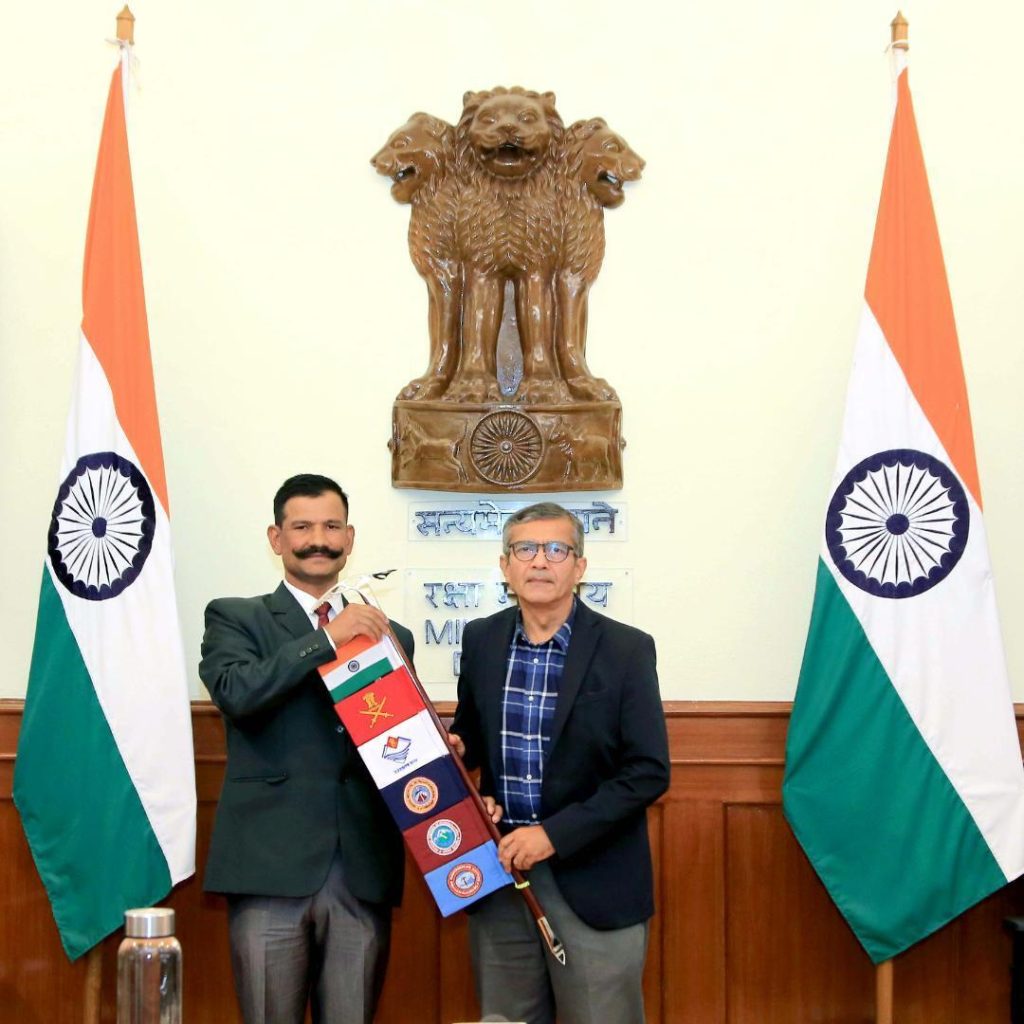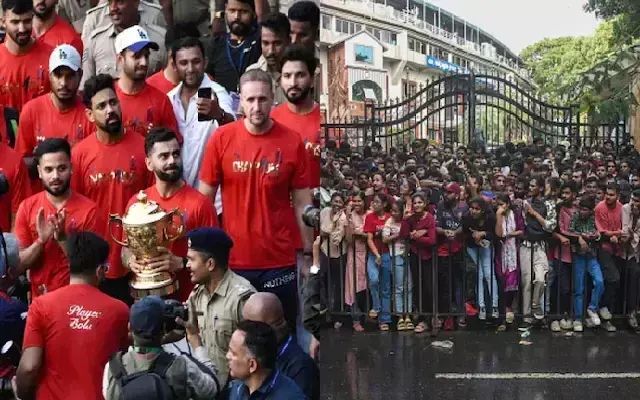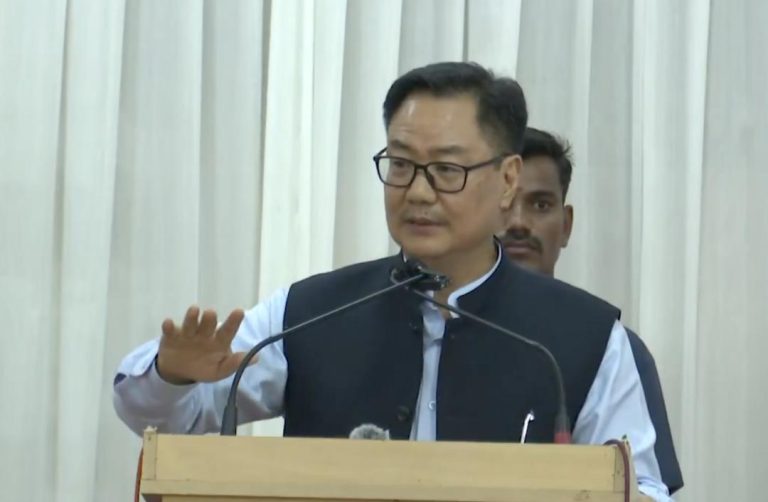
India Flags-in Mount Everest & Kilimanjaro Expeditions
On July 17, 2025, Defence Secretary Rajesh Kumar Singh flagged off two historic mountaineering expeditions to Mount Everest and Kilimanjaro, marking significant milestones in India’s mountaineering journey. The Everest mission was a celebration of the Nehru Institute of Mountaineering’s (NIM) 60th anniversary, while the Kilimanjaro team featured a remarkable Divyangjan climber, Uday Kumar. These expeditions showcased India’s mountaineering excellence, adventure leadership, and its ability to push boundaries across land, sea, and air.
The Everest Expedition: A Milestone for NIM
The Mount Everest expedition marked a major milestone for the Nehru Institute of Mountaineering, which has been training and guiding mountaineers for six decades. Established in 1965, NIM has been instrumental in promoting mountaineering and adventure sports in India, and its 60th anniversary was celebrated with a bang. The Everest expedition was a testament to the institute’s commitment to excellence and its ability to inspire new generations of mountaineers.
The team led by Arunima Sinha, the first female amputee to climb Mount Everest, consisted of 12 members, including six women. The team aimed to climb the highest peak in the world, standing at an altitude of 8,848 meters above sea level. The expedition was a remarkable feat, not just because of the altitude, but also because of the challenges posed by the harsh weather conditions and technical difficulties.
The Kilimanjaro Expedition: A Symbol of Accessibility
The Kilimanjaro expedition, led by mountaineer and explorer, Colonel H.S. Chauhan, was a symbol of accessibility and inclusivity. The team featured Uday Kumar, a Divyangjan climber who became the first person with a physical disability to climb the second-highest peak in the world. Kilimanjaro, standing at an altitude of 5,895 meters above sea level, is a significant climbing challenge, requiring physical and mental endurance.
The Kilimanjaro expedition was a testament to India’s commitment to promoting accessibility and inclusivity in adventure sports. Uday Kumar’s achievement was a remarkable milestone, not just for him, but for the entire Divyangjan community. The expedition aimed to promote mountaineering as a sport that can be enjoyed by people with disabilities, and to challenge stereotypes and misconceptions about accessibility.
The Expeditions: A Showcase of India’s Mountaineering Excellence
The Mount Everest and Kilimanjaro expeditions showcased India’s mountaineering excellence and adventure leadership across land, sea, and air. The expeditions were a testament to the country’s ability to push boundaries and achieve the impossible. From the highest peaks in the world to the highest temperatures in the deserts, India has consistently demonstrated its mountaineering prowess.
The expeditions also highlighted the importance of mountaineering as a tool for promoting national integration, social cohesion, and community development. The Nehru Institute of Mountaineering, in particular, has been instrumental in promoting mountaineering as a means of building national character and fostering a sense of community among its students and alumni.
Conclusion
The Mount Everest and Kilimanjaro expeditions are a testament to India’s mountaineering excellence and adventure leadership. The expeditions showcased India’s ability to push boundaries and achieve the impossible, and highlighted the importance of mountaineering as a tool for promoting national integration and social cohesion.
As we celebrate these expeditions, we are reminded of the importance of promoting mountaineering and adventure sports in India. We must continue to support and encourage our mountaineers, and provide them with the resources and infrastructure they need to succeed.
Source:
https://www.refersms.com/mount-everest-kilimanjaro-expeditions/






